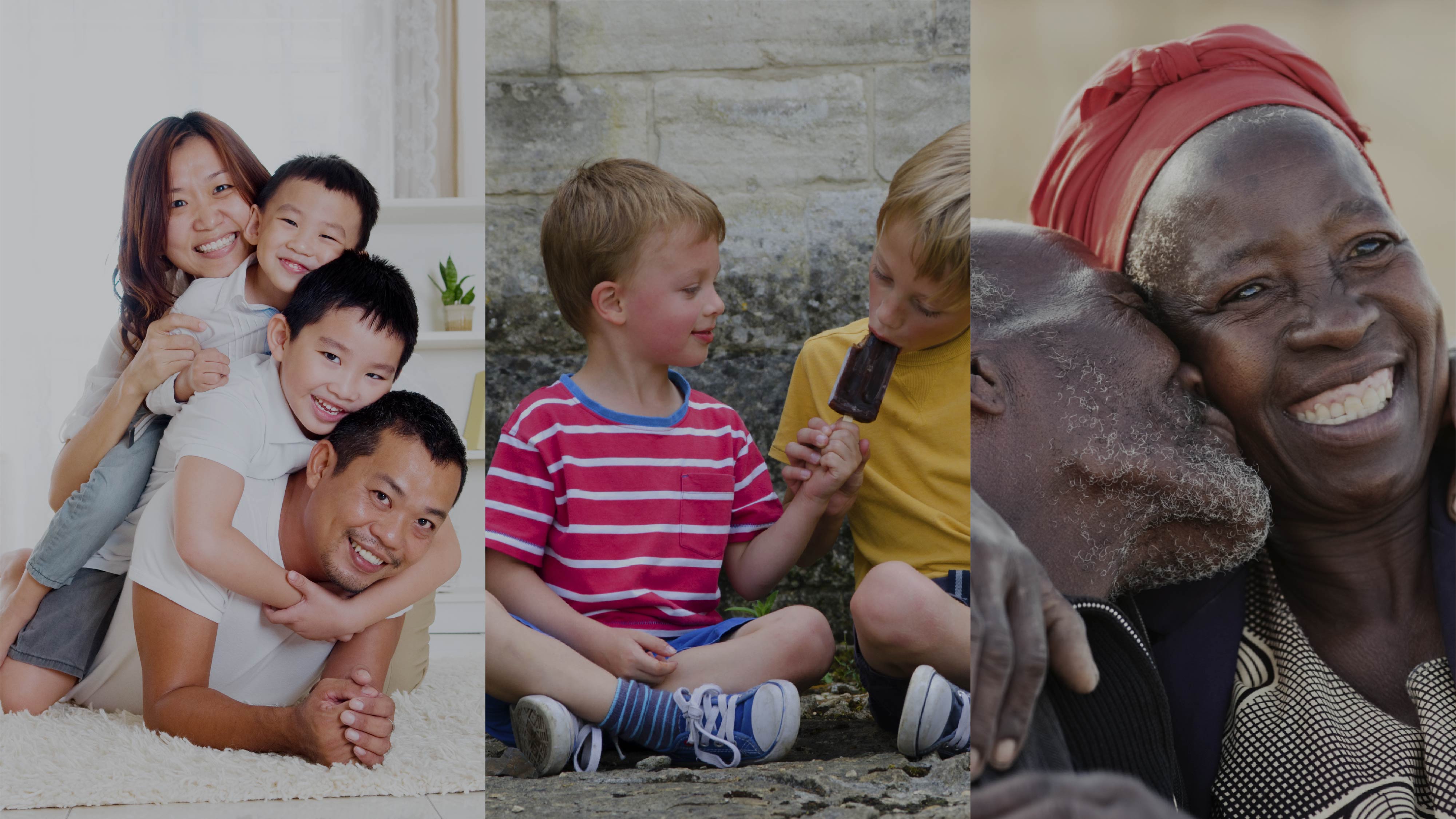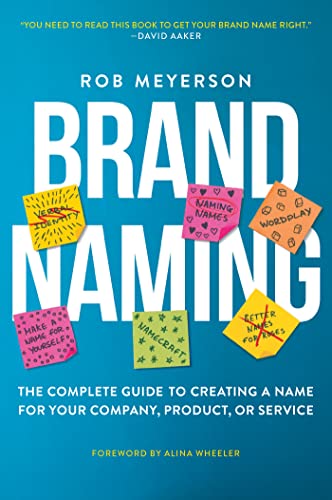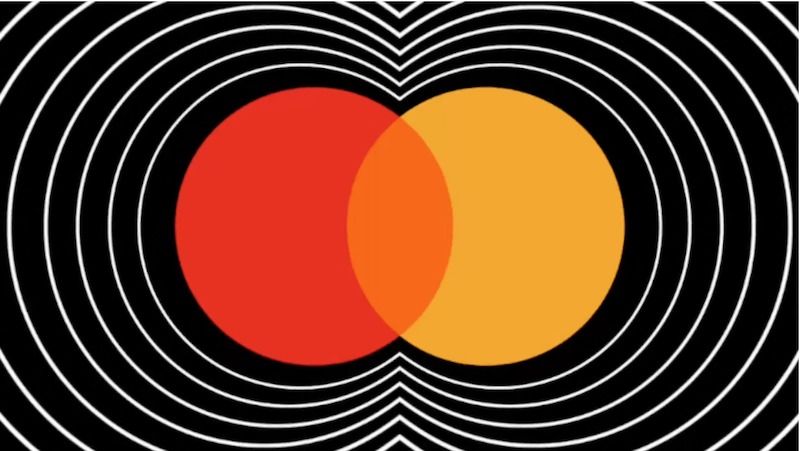“People have become so fixated on numbers that they can’t see anything outside of it” (Tricia Wang)
TapestryWorks believe that understanding human behaviour is ultimately about understanding meaning. Meaning comes from context, especially cultural context, our experience of the world around us through our senses, and how we turn that experience into meaning.
Sue Bell recently wrote very wisely that while behavioural science is important, human behaviour is not really about making decisions but about figuring out what to do. People are just trying to make sense of the world and themselves. We want to get through the day avoiding bad outcomes and maximizing good ones (satisficing may be a better term, because we want don’t want to invest too much time and effort to achieve this). To do this we constantly interpret the meaning of the world around us and use previous experiences to predict the best thing to do to achieve our goals.
This reminds me that as psychology developed in the twentieth century, there was a cognitive revolution following the invention of the computer, as many psychologists latched on to the analogy of the mind as a computer. Smarter psychologists avoided this and, in some cases, reacted against it. Jerome Bruner was one, arguing that the central concept of psychology should be meaning rather than biology (or technology), and that meaning came from culture and history interpreted through the lens of self-identity and intentionality.
Jerome Bruner was right. All human actions (the things we do) depend on our intention (what we want) and current context and experience. That’s why TapestryWorks focus our insight work on understanding how people experience the world, the culture that surrounds them, and the values and motivations that shape their self-identity.
For the same reason, we focus on visual approaches that help bring us closer to human experience and meaning. Images are superior to language and processed faster and more intuitively. Images can convey the context that is crucial to meaning. Finally, images rely on recognition rather than recall (a brain process that works in parallel with decoding meaning, is easier for people and gives more valid responses).
We translate the consumer stories we find into meanings that can be conveyed through consistent emotional experiences. We call this culture sense for brands.






